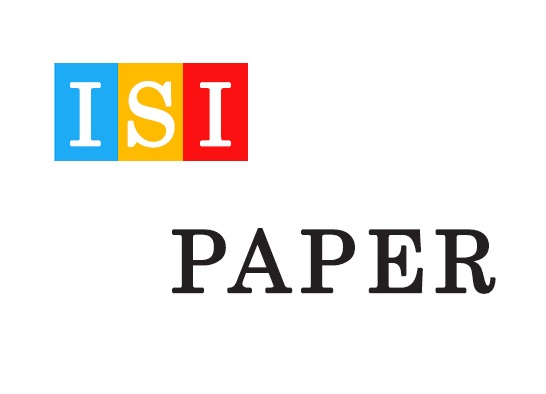دانلود رایگان مقاله ISI درباره برنامه ریزی فهرست تولید،محصول از بین رفتنی و تقاضای احتمالی متغییر
دانلود رایکان مقاله انگلیسی ISI با موضوع مقادیر سفارش برای کنترل موجودی فاسد شدنی با تقاضای متغیر و محدودیت نرخ پر شدن

عنوان فارسی مقاله:
مقادیر سفارش برای کنترل موجودی فاسد شدنی با تقاضای متغیر و محدودیت نرخ پر شدن
عنوان انگلیسی مقاله:
Order quantities for perishable inventory control with nonstationary demand and a fill rate constraint
دانلود رایگان مقاله ISI با فرمت PDF:
مشاهده توضیحات کامل و خرید ترجمه فارسی با فرمت ورد تایپ شده:
بخشی از مقاله انگلیسی :
7 Conclusions
We studied the practical problem to determine a production plan for a perishable product with a long lead time and a fixed time horizon under a cycle fill rate constraint. Demand is nonstationary. In case of out-of-stock, demand is lost. Issuing is according to a FIFO policy. We focus on an (Yt , Qt) policy, where Yt denotes in which periods to deliver, and Qt the corresponding replenishment quantities to deliver. We investigated whether it is possible to construct practical solutions using existing solvers. We considered a single-product – singleechelon SP model, minimizing the expected total costs. To find approximate solutions for the SP model, an MILP model has been formulated. The MILP model is a deterministic approach that generates feasible production plans in less than a second for the performed 86 experiments. With a scenario-based MINLP approach, optimal solutions with respect to a large sample of demand paths are generated as a benchmark for the MILP solutions. The results are data-dependent, but from the performed experiments can be concluded that if the setup cost is low, the MILP model solutions have fill rates higher than required and expected total costs higher than in the optimal solution. Finding a reasonably good approximation for the pipeline inventory in case of non-stationary demand could solve this problem. If the setup cost is higher, such that the replenishment cycle lengths are equal or close to the length of the internal shelf life, the influence of the starting inventory is less. The MILP model generates production plans with fill rates close to the required values and expected total costs are close to optimal. Given the results and the short solver time, the MILP model is suitable for use in practise.


